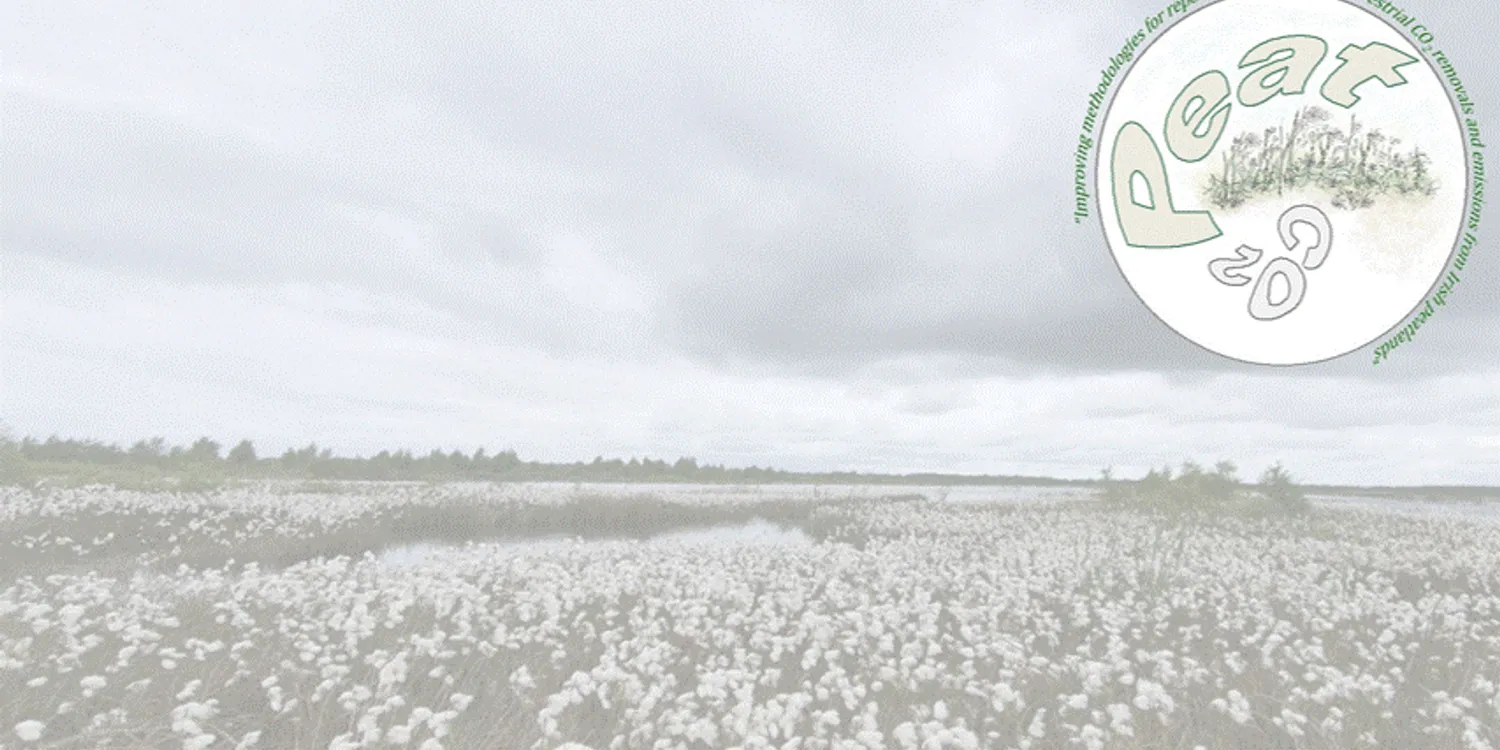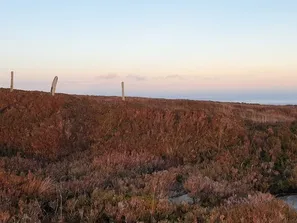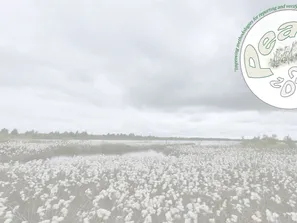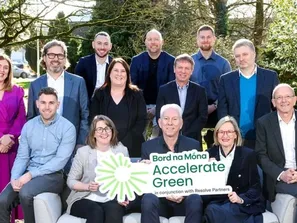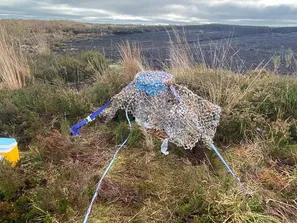03 Apr 2025
The CO2PEAT project, funded by the Irish Environmental Protection Agency (EPA), is dedicated to improving methodologies for reporting and verifying terrestrial CO₂ removals and emissions from Irish peatlands. The project contributes to the monitoring actions under LIFE IP Peatlands and People.
The project is developing a research framework to complement and enhance the current best practices for reporting national estimates of CO2 emissions and removal for peatlands in Ireland. Among others, the CO2PEAT research project aims to:
- Identify main drivers and establish links between the analysis of greenhouse gas - i.e. CO2 emissions/removals
- Improve our knowledge of peatland ecosystems through the utilisation of advanced modelling approaches
- Enhance our understanding of how various factors regulate the strength of the peatland carbon sink
The work under the CO2PEAT project has progressed to the next modelling stages as a part of research that aims to develop higher IPCC tiers/emission factors to improve methodologies for reporting and verifying terrestrial CO2 removals and emissions from Irish peatlands.
The project's recent work was presented at the Irish Geoscience Research Meeting 2025 (IGRM25). The work highlighted the dependency of CO2 fluxes on the position of the water table in peatlands, presenting preliminary results on random forest (RF) application to model the water table from bogs in Ireland under different land uses. Random forest is a commonly used machine learning algorithm that combines the output of multiple decision trees to reach a single result. The results indicate promising applications of RF modelling for water table predictions across selected monitored peatland sites in Ireland.
In addition, another CO2PEAT project presentation is planned for the EGU25 conference this April in Vienna, Austria. Researchers will present work that aims to build further on CO2PEAT's recent findings related to the potential of applying RF modeling to predict water tables in selected Irish peatlands. These results feed into the goal of enhancing the research framework of CO2PEAT, aiming to refine national reporting methodologies for peatland CO₂ emissions and removals.
References:
Premrov, A., Yeluripati, J., Renou-Wilson, F., Walz, K., Byrne, K. A., Wilson, D., Hyde, B., and Saunders, M. (2025a): Preliminary insights into potential application of random forest (RF) modelling to predict water-table (WT) in selected Irish peatlands. In: IGRM 2025 Abstract Booklet, page 81. IGRM 2025. February 28th to March 2nd 2025. Trinity College Dublin, Dublin, Ireland. URL: https://www.tcd.ie/media/tcd/geology/pdf/IGRM-2025-Abstract-Booklet-(2).pdf.
Premrov, A., Yeluripati, J., Renou-Wilson, F., Walz, K., Byrne, K. A., Wilson, D., Hyde, B., and Saunders, M. (2025b): Assessing the application of random forest (RF) to predict water-table (WT) in selected Irish peatlands, EGU General Assembly 2025, Vienna, Austria, 27 Apr–2 May 2025, EGU25-5122, https://doi.org/10.5194/egusphere-egu25-5122.
